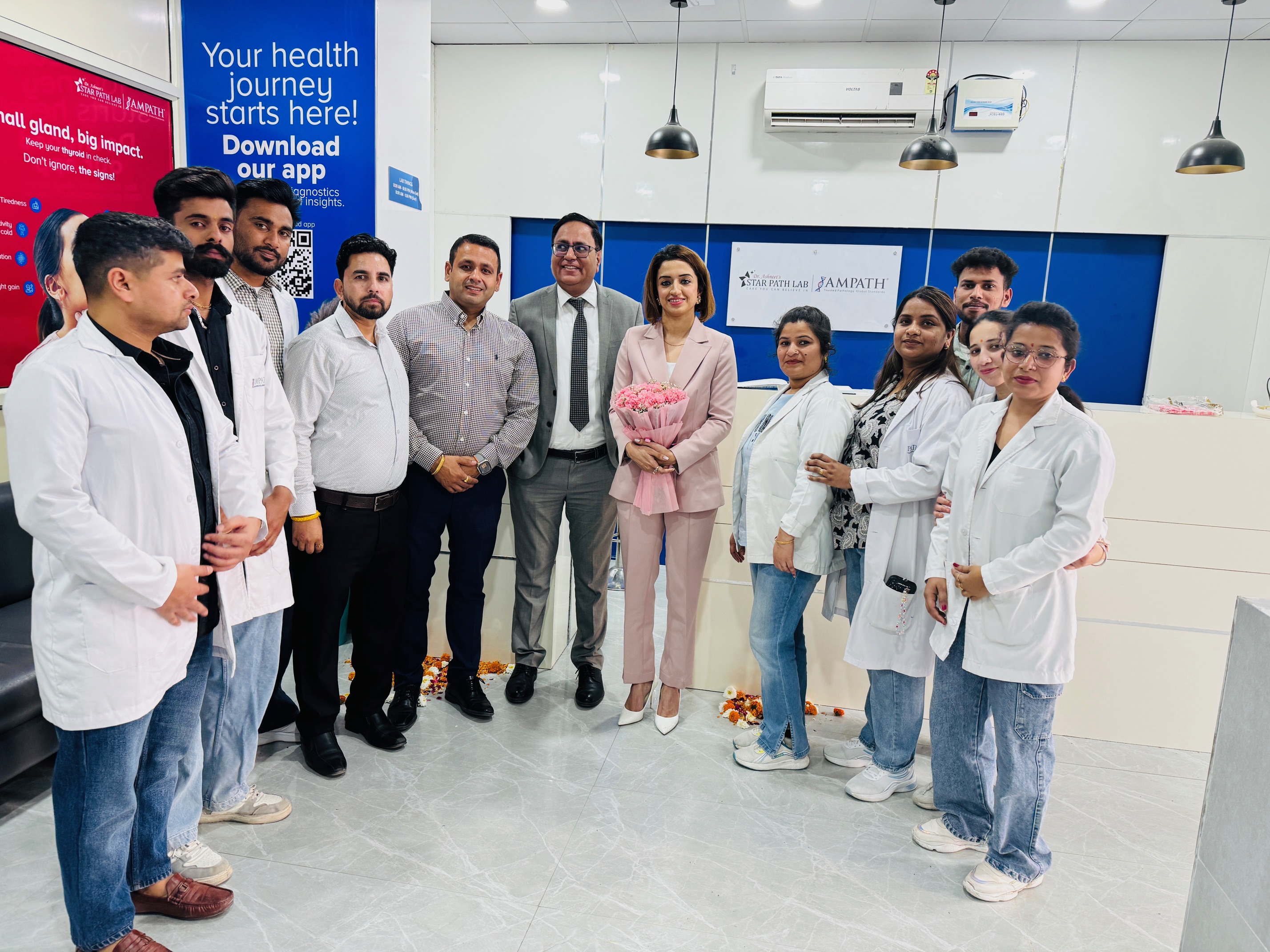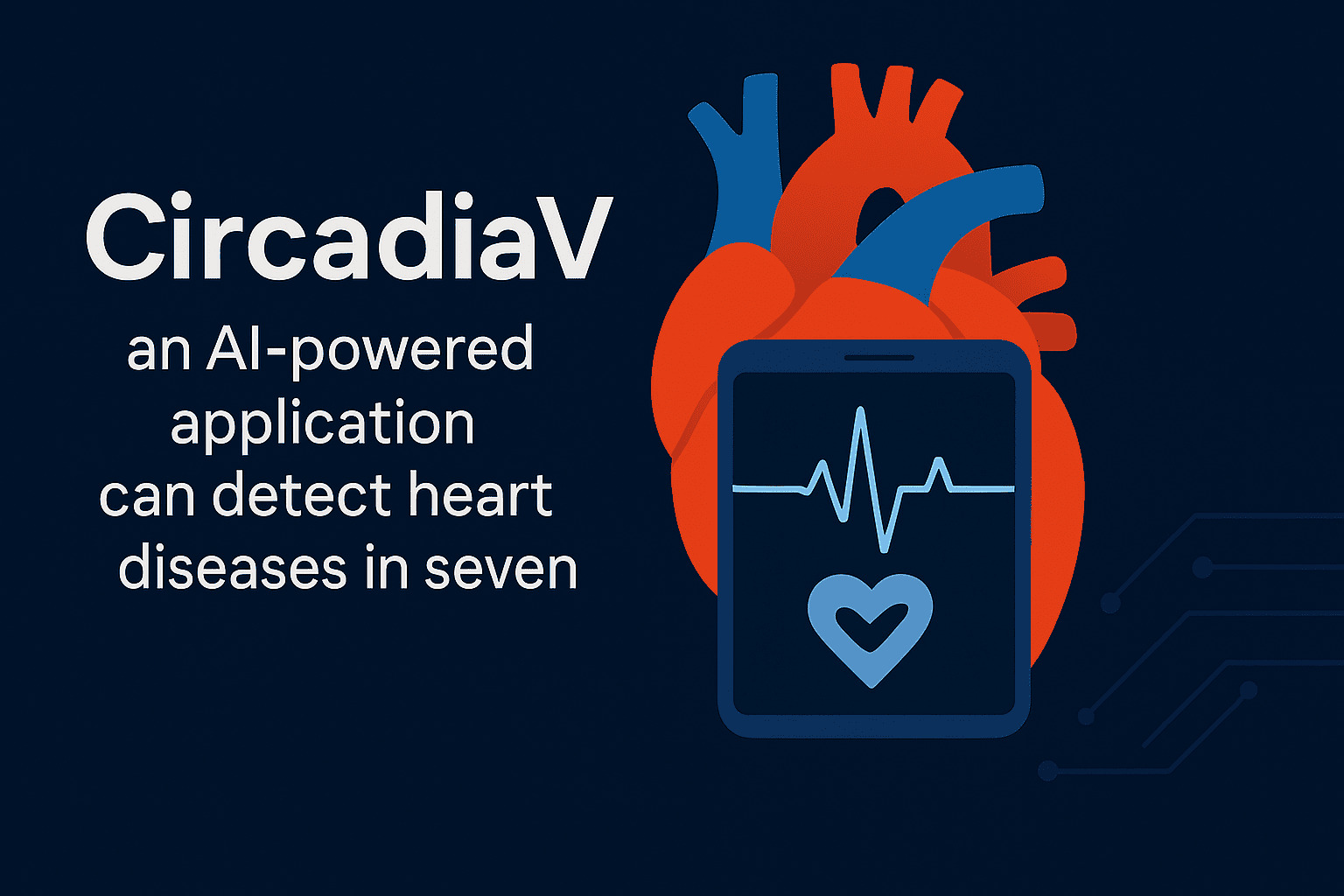Cerebral palsy (CP) is a group of disorders that affect a person's ability to move and maintain balance and posture. CP is the most common motor disability in childhood. Cerebral means having to do with the brain. Palsy means weakness or problems with using the muscles.
It is found that 10% of the global population has some form of disability from different causes; in India, it is 3.8% of the population. Nearly 15-20% of physically disabled children are affected by Cerebral Palsy. The prevalence of C.P. is in the range of 1.5 to 2.5 per 1000 live births. While exact figures are unavailable in India, it can be safely estimated that the cumulative figures for the living population at any given point may be staggering. 8 -10% of the cases are due to perinatal damage, while genetic factors contribute to 2% of the cases. Birth asphyxia, especially a prolonged one, increases the risk for C.P., accounting for about 10% of the cases. In a majority of the cases, C.P. is due to unknown aetiologies. CNS infections, meningoencephalitis, hyperbilirubinemia, CVS accidents, and head trauma are among the recognized causes of C.P.
Medicircle is celebrating World Cerebral Palsy Day Awareness Series so as to spread awareness about the challenges and difficulties these people faced. Society should not stigmatize the condition and accept who they are.
Dr.Surendra Khosya is a Neurologist with 8 years of clinical experience. He is Consultant Neurologist in Eternal Hospital. He completed his MD in Medicine at the Rajiv Gandhi University of Health Sciences and DM Neurology at the Institute of Human Behaviour and Allied Sciences. He deals with diagnosing and treating all categories of conditions and diseases involving the central and peripheral nervous systems, including their coverings, blood vessels, and all effector tissue, such as muscle.
Causes of cerebral palsy
Dr.Surendra Khosya informs,” Cerebral palsy is a group of disorders of neurological system in patients causing -
Difficulty in balance Posture Difficulty in carrying out daily activities Difficulty in using muscles Weakness of muscles. Disability
“Cerebral“ means brain and “palsy” means weakness. Cerebral palsy has no cause in 90 % cases. But, there are some risk factors like-
Prenatal brain development Brain injury Infection during pregnancy Lack of cry at birth Lack and delayed oxygen in the brain Damage to the cerebral cortex Prenatal injuries Hypoglycemia Trauma Neurometabolic disorder Infection to brain Mitochondrial infection Jaundice and fever Environmental toxins like pollution Hereditary with family history
Symptoms of Cerebral palsy
Dr.Surendra Khosya informs,” The symptoms of cerebral palsy are as follows-
Paralysis of one side Voice affection Delayed milestones Delayed development of brain Language developmental delay Global developmental delay Motor developmental delay Sensory developmental delay Behaviour developmental delay Cognition developmental delay Social developmental delay Appearance of baby Lack of circulation in the body Lack of movements of different parts of the body
Using one hand only and avoiding the use of the other hand in the baby is an early sign of cerebral palsy.”
Cerebral palsy is not a life-threatening disease
Dr.Surendra Khosya informs,” Cerebral palsy is not a life-threatening disease. The patient is deficient in functioning and may improve with motor, sensory and language power over time. It will also improve cognition, social and behavioral problems. The problem is - Static Encephalopathy which is a nonprogressive illness. Cerebral palsy is life long condition and has some limitations -
Cannot use limbs Cannot speak well - dysarthria Cannot think Hearing disability Vision problem Other illness Drooling of saliva Dysphagia.”
Cerebral palsy can be hereditary
Dr.Surendra Khosya informs,” There are some positive changes of neurometabolic disorders which can make cerebral palsy hereditary which can make you more prone. Cerebral palsy is a multifactorial illness with multiple risk factors.”
Treatment of cerebral palsy
Dr.Surendra Khosya informs,” Cerebral palsy can be prevented by eliminating risk factors like-
Low birth weight Multiple pregnancies in case of triplets Avoid infection in children Immunization of mother Adequate antenatal care Avoid infection in pregnancy Proper nutrition in pregnancy Delayed pregnancy should be avoided Avoid difficult labor Professional delivery Avoid infection in newborns Hypothyroidism screening Avoid preventable disease Blood sugar screening Awareness of signs of cerebral symptoms Detection by parents Early intervention Take care of schooling and social development of the child Reduce spasticity with physiotherapy Occupational therapy can help to be independent Speech therapy Cognitive Behaviour therapy Support from family Awareness in society
Cerebral palsy can be made better with treatment and therapy which can help patients to be independent.
(Edited by Dr. Rati Parwani)
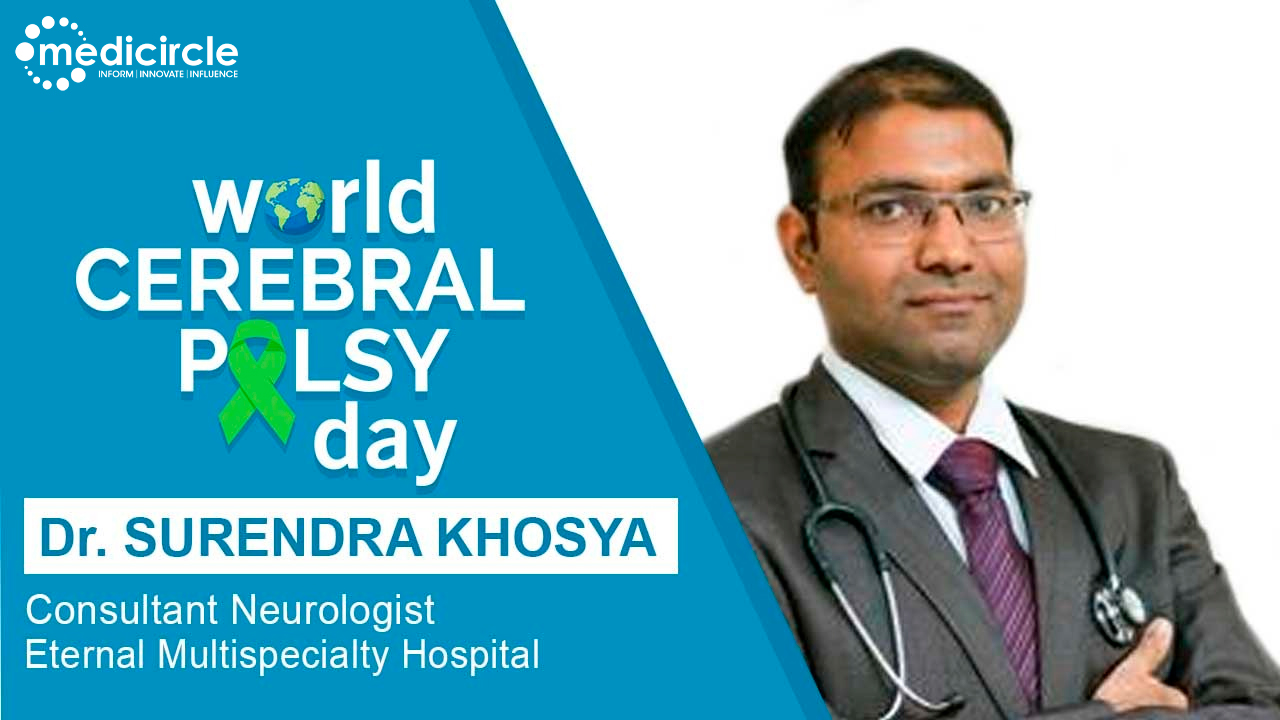
 Dr.Surendra Khosya shares his inputs about cerebral palsy and tells us some valuable preventable therapies that can help defeat this problem. With supportive therapy and awareness, he extends his helping hands towards the society and family members of patients suffering from cerebral palsy.
Dr.Surendra Khosya shares his inputs about cerebral palsy and tells us some valuable preventable therapies that can help defeat this problem. With supportive therapy and awareness, he extends his helping hands towards the society and family members of patients suffering from cerebral palsy.





.jpeg)



.jpg)



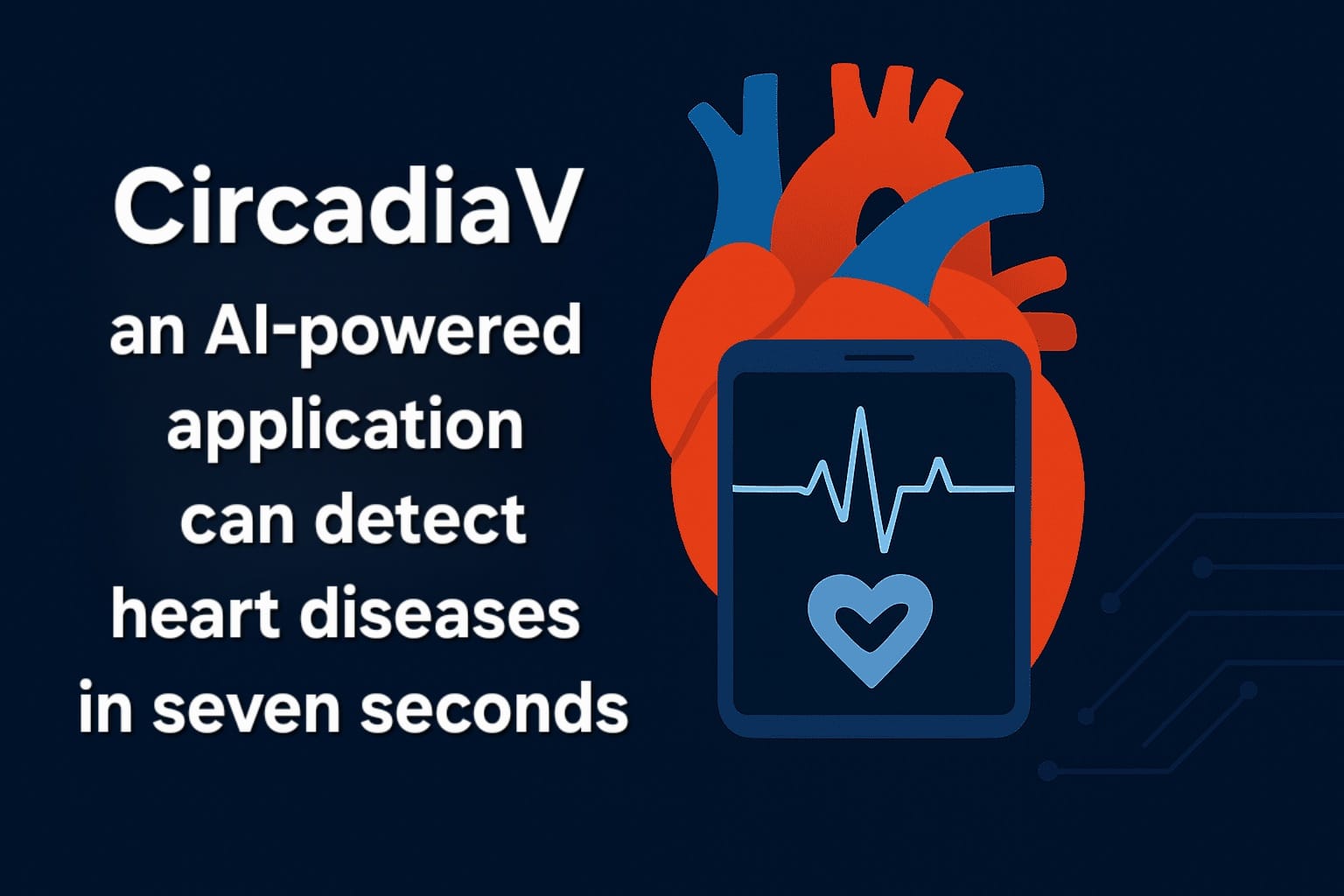
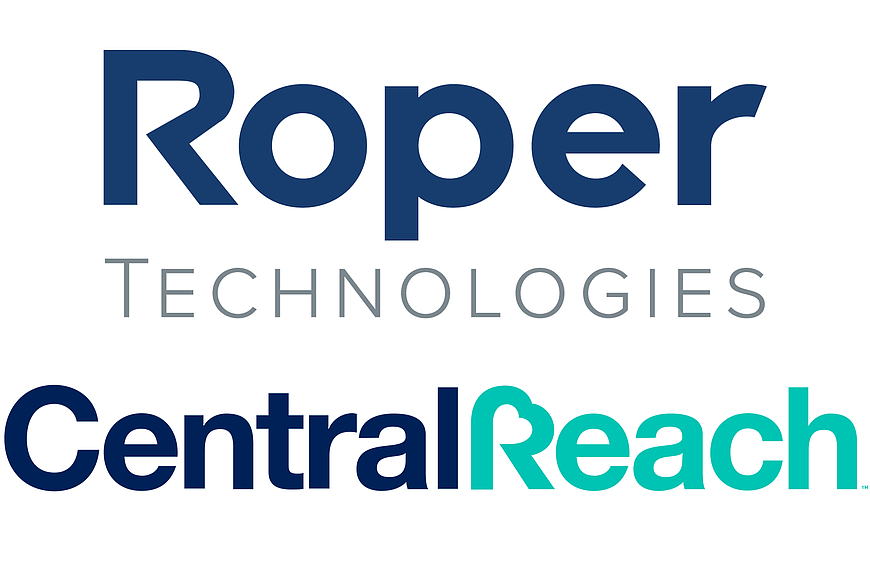





.jpeg)





.jpg)




.png)


